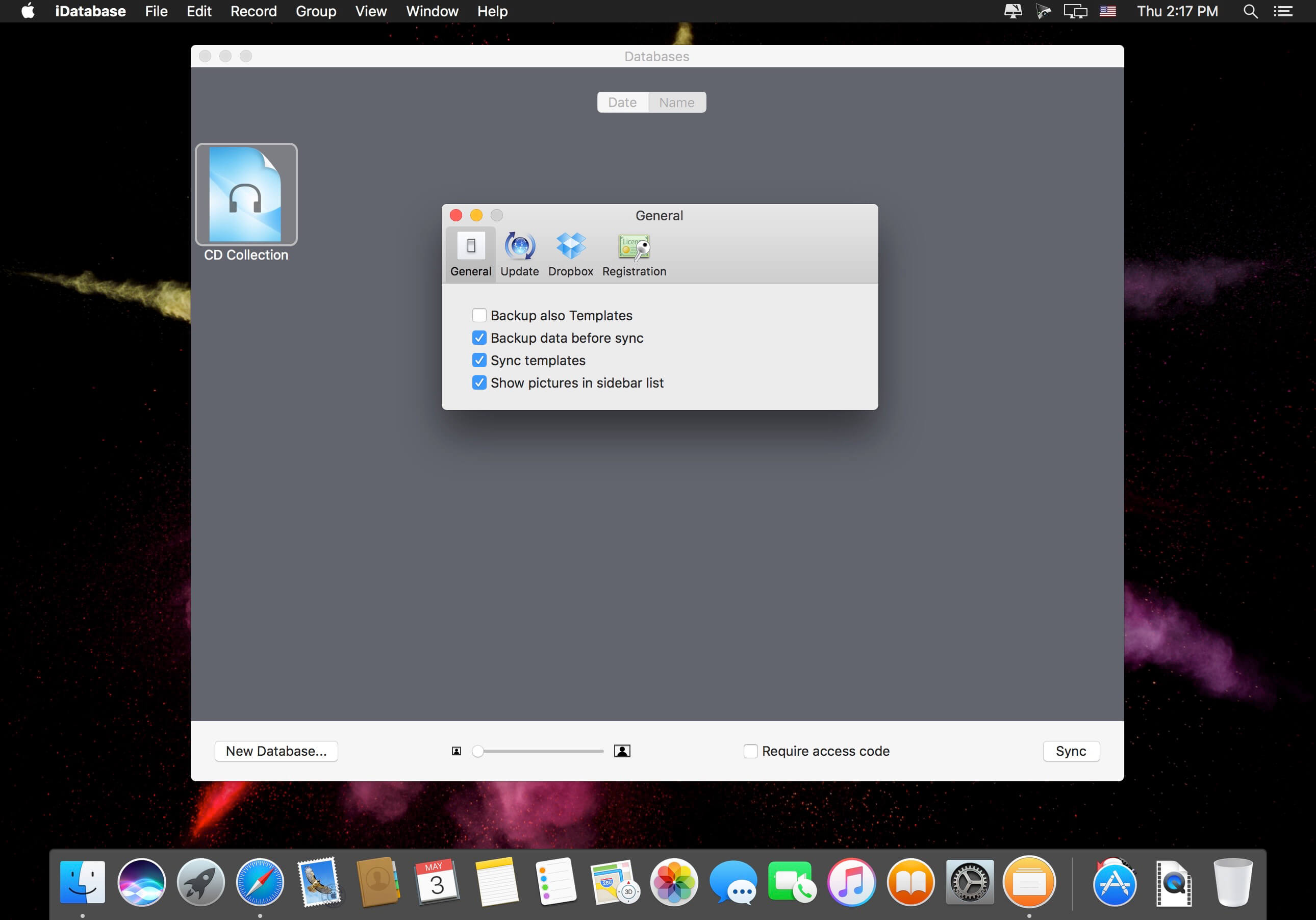

The typical database administrative tasks that can be performed using a DBMS include: These actions can range from simply querying data to defining database schemas that fundamentally affect the database structure.įurthermore, DBMS allow users to interact with a database securely and concurrently without interfering with each user and while maintaining data integrity. It allows users to access and interact with the underlying data in the database.
RELATING DATABASES IN IDATABASE SOFTWARE
What is a database management system?Ī database management system (DBMS) is a software tool that enables users to manage a database easily. This is where database management systems come into play-by offering a platform to manage databases. As a result, organizations require robust, secure, and user-friendly tools to maintain these databases. When this is coupled with compliance requirements and the distributed nature of most data sets, managing databases has become highly complex. On top of that, databases are continuously handling mission-critical and sensitive data. Each type has the ability to handle structured, semi-structured, and even unstructured data. With the explosion of web and cloud technologies, databases have evolved from traditional relational databases to more advanced types of databases such as NoSQL, columnar, key-value, hierarchical, and distributed databases.

Accelerate With a Self-Managing Mainframe.Apply Artificial Intelligence to IT (AIOps).


 0 kommentar(er)
0 kommentar(er)
